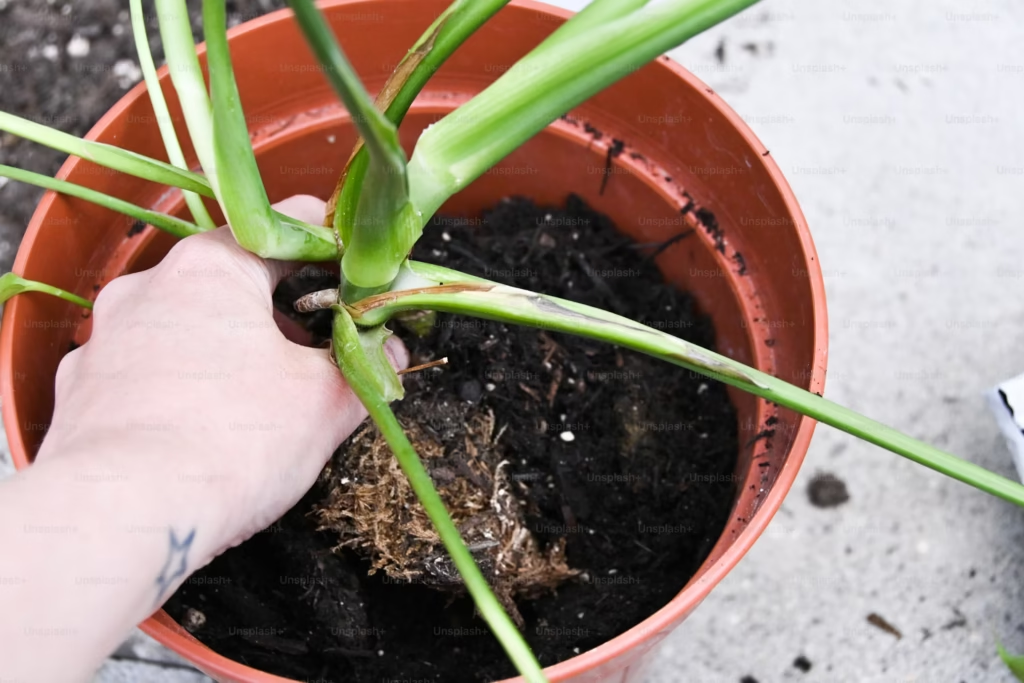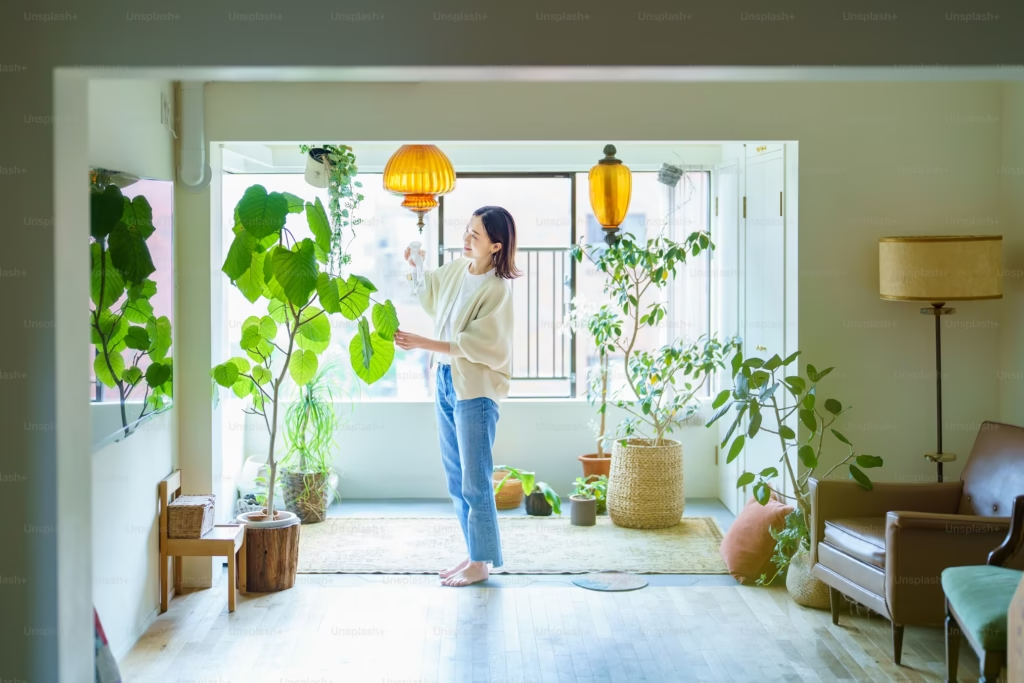
Top 10 Tips for Watering Your Indoor Plants
Proper watering is one of the most critical aspects of indoor plant care. Overwatering and underwatering are the most common mistakes plant owners make. Follow these tips to ensure your houseplants stay healthy and thriving.
1. Understand Each Plant’s Needs
Different plants have different watering requirements.
- Example: Succulents need infrequent watering, while ferns thrive in consistently moist soil.
Tip: Research your specific plants to tailor your watering routine.
2. Check the Soil First
Always test the soil’s moisture before watering.
- How: Stick your finger 1-2 inches into the soil. If it feels dry, it’s time to water.
Tip: Use a moisture meter for precise readings.
3. Water Early in the Day
Morning watering allows plants to absorb moisture before the temperature rises.
- Why: It reduces the risk of fungal growth and ensures the water doesn’t sit in the soil overnight.
Tip: Avoid splashing water on the leaves to prevent disease.
4. Avoid Overwatering
Overwatering is the leading cause of indoor plant issues.
- Signs of Overwatering: Yellowing leaves, moldy soil, or root rot.
Tip: Err on the side of underwatering; most plants can recover from being slightly dry.
5. Use the Right Water
Tap water may contain chemicals that are harmful to some plants.
- Best Options: Use filtered, distilled, or rainwater if possible.
Tip: Let tap water sit out for 24 hours to allow chlorine to evaporate.
6. Water Evenly
Ensure the entire root system gets water.
- How: Pour water evenly around the base of the plant until it drains from the bottom.
Tip: Empty the drainage tray to avoid water pooling at the base.
7. Adjust for Seasonal Changes
Plants typically need less water in the winter and more during their growing season (spring and summer).
- Why: Lower temperatures and reduced sunlight slow down growth.
Tip: Observe your plant’s behavior and adjust your schedule accordingly.
8. Use Pots with Drainage Holes
Proper drainage prevents water from sitting in the pot and causing root rot.
- Solution: Choose pots with holes and use saucers to catch excess water.
Tip: Add a layer of small stones or gravel at the bottom of pots for extra drainage.
9. Group Plants with Similar Needs
Place plants with similar watering requirements together to simplify care.
- Example: Keep moisture-loving plants like Calatheas separate from drought-tolerant ones like Snake Plants.
Tip: Grouping plants can also create a mini microclimate that helps retain humidity.
10. Watch for Warning Signs
Your plant will often signal if something is wrong.
- Underwatering: Wilting, crispy leaves.
- Overwatering: Mushy stems, moldy soil.
Tip: Regularly inspect your plants to catch issues early.
Conclusion
Watering indoor plants isn’t a one-size-fits-all process, but with these tips, you can develop a routine that keeps your plants healthy and vibrant. Paying attention to your plants’ needs and observing their responses will make you a successful plant parent in no time!



